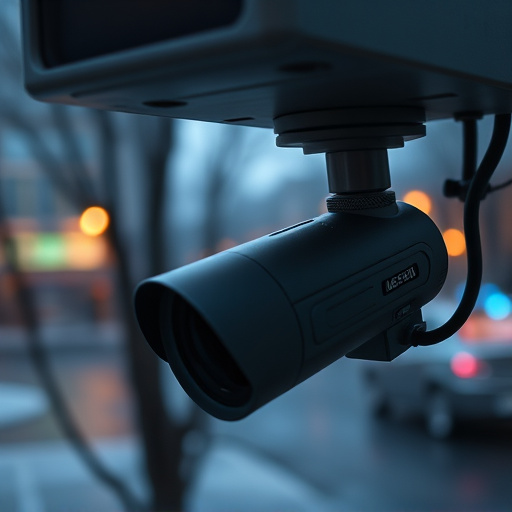Battery-operated hidden childcare cameras are an effective and discreet way to enhance safety in classrooms and play areas, providing real-time monitoring without compromising privacy. These miniature devices blend into the environment, aiding in hazard identification, supervision, and offering parents peace of mind. Proper installation involves strategic placement, cable management, and regular maintenance to ensure undetected surveillance while adhering to privacy standards.
In the realm of childcare safety, ensuring discreet surveillance is paramount. This guide explores the effectiveness of battery-operated hidden cameras as a crucial tool for monitoring sensitive environments. Understanding the need for concealed security cameras in childcare settings is the first step towards implementing robust safety measures. We’ll delve into various types of these cameras, their unique features, and ideal applications. Additionally, discover effective methods to ensure successful installation while minimizing detection risks associated with Battery Operated Hidden Childcare Cameras.
- Understanding the Need for Concealed Security Cameras in Childcare Settings
- Types of Battery-Operated Hidden Cameras: Features and Applications
- Effective Methods to Ensure Successful Installation and Minimizing Detection Risk
Understanding the Need for Concealed Security Cameras in Childcare Settings
In childcare settings, ensuring the safety and well-being of young children is paramount. However, implementing security measures that are both effective and discreet can be challenging. This is where battery-operated hidden childcare cameras prove invaluable. These innovative devices offer a subtle yet powerful way to monitor classrooms, play areas, and other spaces without compromising privacy or disrupting the natural environment for kids.
By placing these concealed cameras in strategic locations, caregivers gain valuable insights into children’s activities, behavior, and interactions. This real-time monitoring can help identify potential safety hazards, ensure proper supervision, and provide irrefutable evidence in case of any incidents. Moreover, parents benefit from increased peace of mind, knowing that their children are being cared for in a safe and protective environment.
Types of Battery-Operated Hidden Cameras: Features and Applications
Battery-operated hidden cameras have gained popularity for their discreet nature, making them ideal for various applications, especially in childcare settings. These cameras are designed to blend into the environment, offering a silent and unintrusive surveillance solution. One common type is the miniature camera, often no larger than a pen or small button, allowing for easy placement without drawing attention. They are powered by long-lasting batteries, ensuring continuous monitoring for extended periods. This feature makes them perfect for capturing footage in remote areas or locations where power outlets are unavailable.
For childcare facilities, these battery-operated hidden cameras can be strategically positioned to monitor play areas, classrooms, and common spaces, providing peace of mind for parents and caregivers. Their small size allows for subtle installation, ensuring the privacy and comfort of children while offering comprehensive surveillance. Additionally, some models feature motion detection capabilities, triggering recording only when activity is detected, further conserving battery life. This technology offers a cost-effective and efficient way to maintain safety and security in childcare environments.
Effective Methods to Ensure Successful Installation and Minimizing Detection Risk
To ensure successful installation and minimize detection risk with battery-operated hidden childcare cameras, start by selecting discreet camera models designed for covert operation. These cameras should have low-profile designs that blend seamlessly into their surroundings, such as toy blocks or everyday household items. Place them strategically in areas where monitoring is essential, like playrooms, nurseries, and common spaces.
During installation, pay close attention to cable management and ensure all wiring is hidden and secured. Use non-conductive materials and careful placement to avoid creating visible disparities. Additionally, employ advanced mounting techniques, such as adhesive or magnetic bases, to further reduce the camera’s profile. Regularly test battery life and maintain the cameras to prevent any false alarms or system failures that could alert individuals to their presence.
In the interest of enhancing safety in childcare settings, battery-operated hidden cameras offer a discreet yet powerful surveillance solution. By understanding the importance of these cameras and employing effective installation methods, parents and caregivers can create secure environments for children. This guide’s exploration of different camera types and successful concealment techniques equips readers with the knowledge to make informed decisions regarding child safety without compromising privacy. With careful consideration and strategic placement, battery-operated hidden childcare cameras can be a game-changer in ensuring peaceful minds for both parents and educators.
